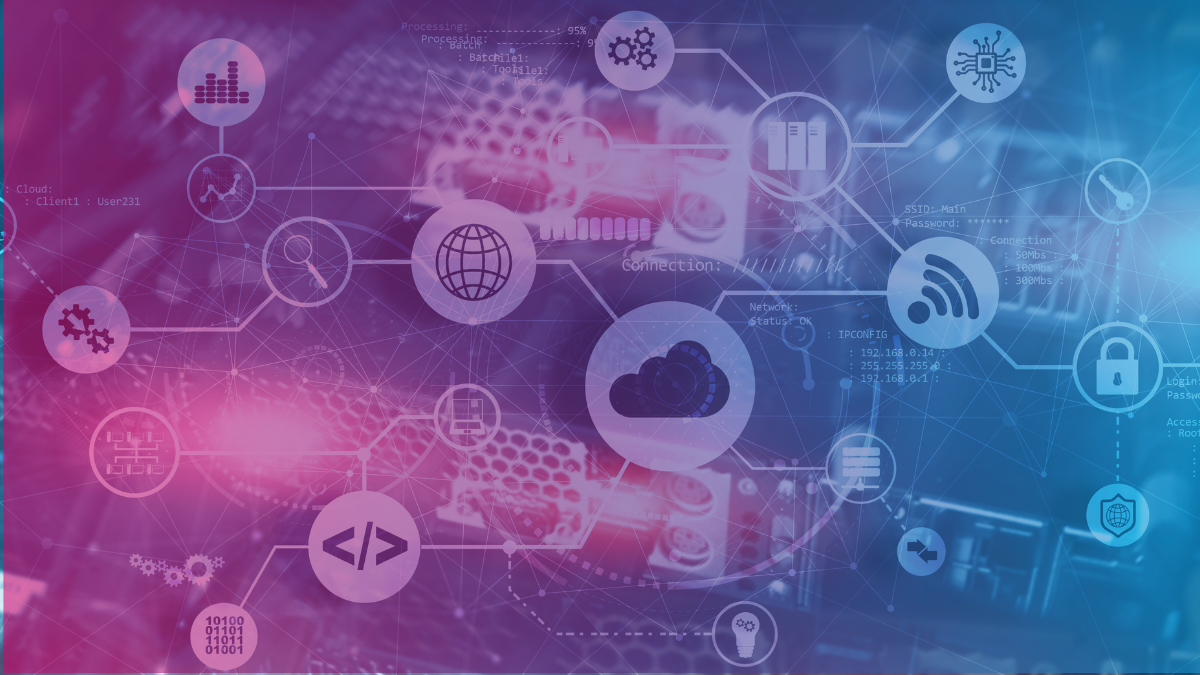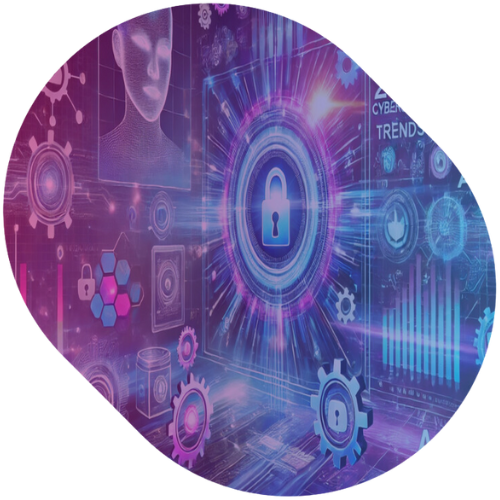
In the not-so-distant past, enterprises operated within the confines of a distinct perimeter that delineated a secure, trusted zone from an external, unprotected one.
However, the contemporary business landscape tells a different story. Users now seamlessly navigate between what was once considered secure and untrusted zones, while applications transcend the boundaries of on-premises data centers to embrace the expansive realm of the cloud.
This shift, fueled by user mobility and the widespread adoption of cloud technologies, has introduced a new level of complexity, thus elevating the risks that enterprises face. The traditional cybersecurity models, built around the notion of a well-defined perimeter, are proving inadequate in this dynamic environment. In response to this evolving challenge, a new paradigm has gained prominence: Secure Access Service Edge Secure Access Service Edge, or SASE . According to Gartner, by 2024, at least 40% of enterprises will have explicit strategies to adopt this framework, up from less than 1% at year-end 2018.
“Instead of the security perimeter being entombed in a box at the data center edge, the perimeter is now everywhere an enterprise needs it to be – a dynamically created, policy-based secure access service edge.”
– Gartner, The Future of Network Security Is in the Cloud
Understanding SASE: A Breakdown of Six Core Components
Secure Access Service Edge (SASE) is a security framework that combines network security functions with Wide Area Networking (WAN) capabilities to provide a comprehensive, cloud-native solution. SASE is designed to address the security challenges arising from the shift to cloud computing, mobile devices, and the distributed nature of modern workforces. It was introduced by Gartner in 2019 as an emerging paradigm in the cybersecurity field.
“Secure access service edge (SASE) delivers converged network and security as a service capabilities, including SD-WAN, SWG, CASB, NGFW and zero trust network access (ZTNA). SASE supports branch office, remote worker and on-premises secure access use cases. SASE is primarily delivered as a service and enables zero trust access based on the identity of the device or entity, combined with real-time context and security and compliance policies. ”
– Gartner Glossary
SASE is characterized by six fundamental elements, each contributing to its diverse capabilities and cutting-edge technologies.
Software-Defined Wide Area Network (SD-WAN) serves as an overlay architecture designed to streamline operations and enhance user experiences by intelligently selecting the most optimal routes for internet, cloud applications, and data center traffic. SD-WAN facilitates the deployment of new applications and services, along with the centralized management of policies across a diverse array of locations.
Secure Web Gateway (SWG) plays a crucial role in fortifying your internal network against unsecured internet traffic. By acting as a protective shield, SWG safeguards employees and users from potential threats associated with malicious web traffic, vulnerable websites, viruses, malware, and more.
Cloud Access Security Broker (CASB) prevents data leaks, malware infections, regulatory noncompliance, and visibility gaps. They ensure the secure use of cloud applications and services, whether hosted in public clouds (IaaS), private clouds, or delivered as software-as-a-service (SaaS).
Firewall as a Service (FWaaS) enables the replacement of traditional physical firewall appliances with cloud-based solutions delivering advanced next-gen firewall capabilities, such as URL filtering, advanced threat prevention, intrusion prevention systems (IPS), and DNS security.
Zero Trust Network Access (ZTNA) provides secure access for remote users to internal applications. Operating on a zero-trust model, these solutions never assume trust, granting the least privileged access based on granular policies. ZTNA ensures secure connectivity for remote users without exposing internal applications to the internet.
Centralized Management. Centralized management brings together all the aforementioned elements into a unified console. This approach simplifies the challenges associated with change control, patch management, outage coordination, and policy management. It allows for the delivery of consistent policies across the organization, irrespective of where users connect from.
The Advantages of Cloud-Based SASE in Modern Business Operations
The benefits of adopting a cloud-based SASE architecture are multifaceted. The model introduces heightened flexibility , enabling organizations to dynamically adjust to evolving workloads and respond to changing business demands. This flexibility is complemented by global accessibility , empowering remote and mobile workers to securely access resources from any corner of the world.
Security posture is fortified through advanced features embedded within the SASE framework, including zero-trust architecture, identity-centric security, and cloud-native security services.
Moreover, agility in deployment and management receives a boost as cloud-based SASE components facilitate rapid deployment, streamlined updates, and centralized management through user-friendly consoles. This agility enhances the efficiency of IT operations and minimizes the time required to implement changes, fostering a more responsive and adaptive organizational environment.
Adding to the comprehensive advantages, cost-efficiency emerges as a key aspect, with the pay-as-you-go model inherent in cloud services allowing organizations to optimize costs based on actual resource consumption.
Don’t know where to start? Contact us to find out how HWG Sababa can help you adopt SASE thanks to strategic partnerships with major market players.









